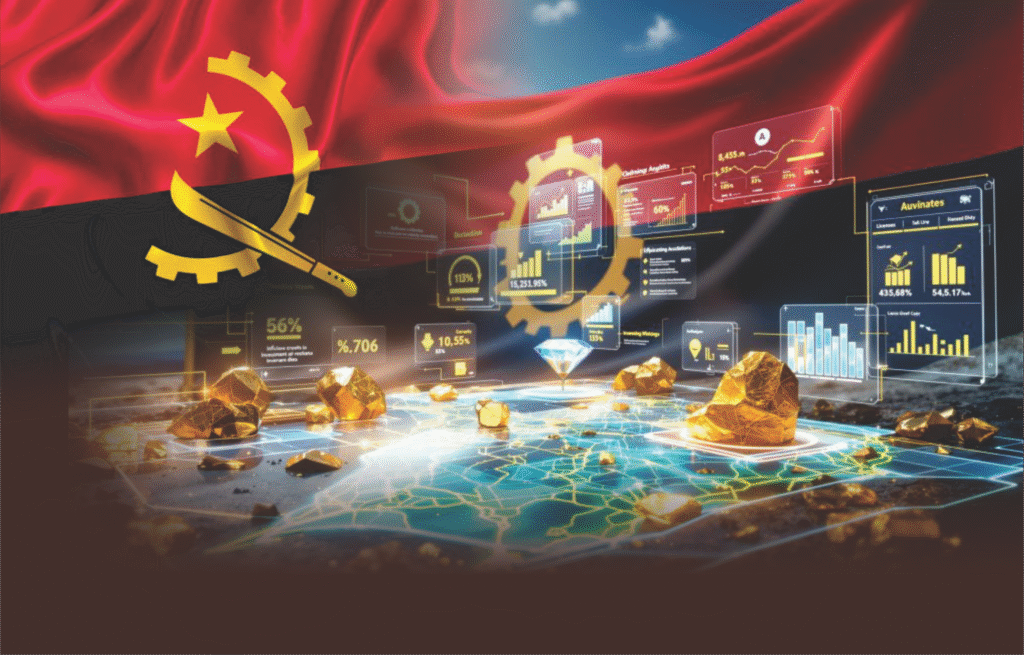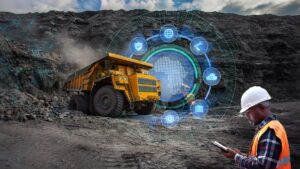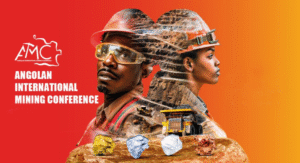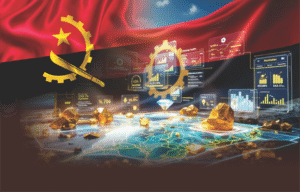Angola’s Mining Future Goes Digital: New Platform Signals Transparency and Transformation

Launch of Angola’s Digital Mining Cadastre at AIMC 2025 marks a pivotal step toward a modern, accountable extractive industry
October 25, 2025 in LUANDA, Angola’s mining sector entered a new era with the launch of the Angola Digital Mining Cadastre (ADMC) at the 2025 Angolan International Mining Conference (AIMC), held October 22–23 at the Talatona Convention Centre. The platform promises to revolutionize how mineral rights are managed, ushering in a future of greater transparency, efficiency, and investor confidence.


In a country that is defined by its rich natural resources in decades, from diamonds to rare earths, the mining era represents more than a technological upgrade. It’s a statement of intent reads – to ensure Angola’s vast mineral wealth serves both its people and its economy.
In the words of an official from Ministry of Mineral Resources, Petroleum and Gas (MIREMPET) – “The Digital Cadastre is more than a system; it’s a cornerstone for a fair, modern and globally competitive mining sector. It builds trust between the government, investors, and communities”. A new vista of economic and business impact in the Angola’s economy.
The ADMC will allow investors to apply for, monitor, and renew mining licenses online, drastically reducing bureaucratic bottlenecks and curbing corruption risks. To most industries, it means faster project approvals and greater regulatory clarity, helping attract sustainable investment in both large-scale and artisanal mining.
Industry analysts note that this digital shift aligns Angola with global best practices and could boost its ranking in ease-of-doing-business indices. The platform also positions the country to better manage the expected rise in critical mineral exploration, essential for global green technologies.
Beyond the human and social dimensions cutting across the spheres of boardrooms, families and individuals, the new system carries human implications. In communities across provinces like Lunda Norte and Huíla, where mining dominates local life, digital transparency may reduce conflicts over land rights and revenue allocation. A clearer, public record of concessions could empower local stakeholders and civil society to hold companies and officials accountable.

However, for families dependent on artisanal mining, digitalization could be a double-edged sword. While it may formalize operations and improve safety, there are concerns about digital exclusion, especially in remote areas with limited internet access or digital literacy.
In view of the cultural and political shifts, the venture represents a broader generational change in Angola’s governance. The mining Cadastre’s debut reflects a national push to modernize public services and fight perceptions of opacity in the resource sector. Politically, it bolsters the government’s reform credentials ahead of upcoming investment rounds, signaling a break from the legacy of secrecy that once clouded Angola’s extractive industries.
Thus, this is a new chapter for Angola’s resource story, as delegates from across Africa and beyond left Luanda with one message resonating in their minds – Angola’s mining story is being rewritten with data, as well as mineral resources, accountability and inclusion.
If successfully implemented, the Digital Mining Cadastre could become a model for other African nations seeking to harness digital governance to balance growth with fairness. At the moment, Angola’s challenge will be to ensure that technology not only transforms systems but touches lives, from the miner in Lunda, to the policymaker in Luanda.






